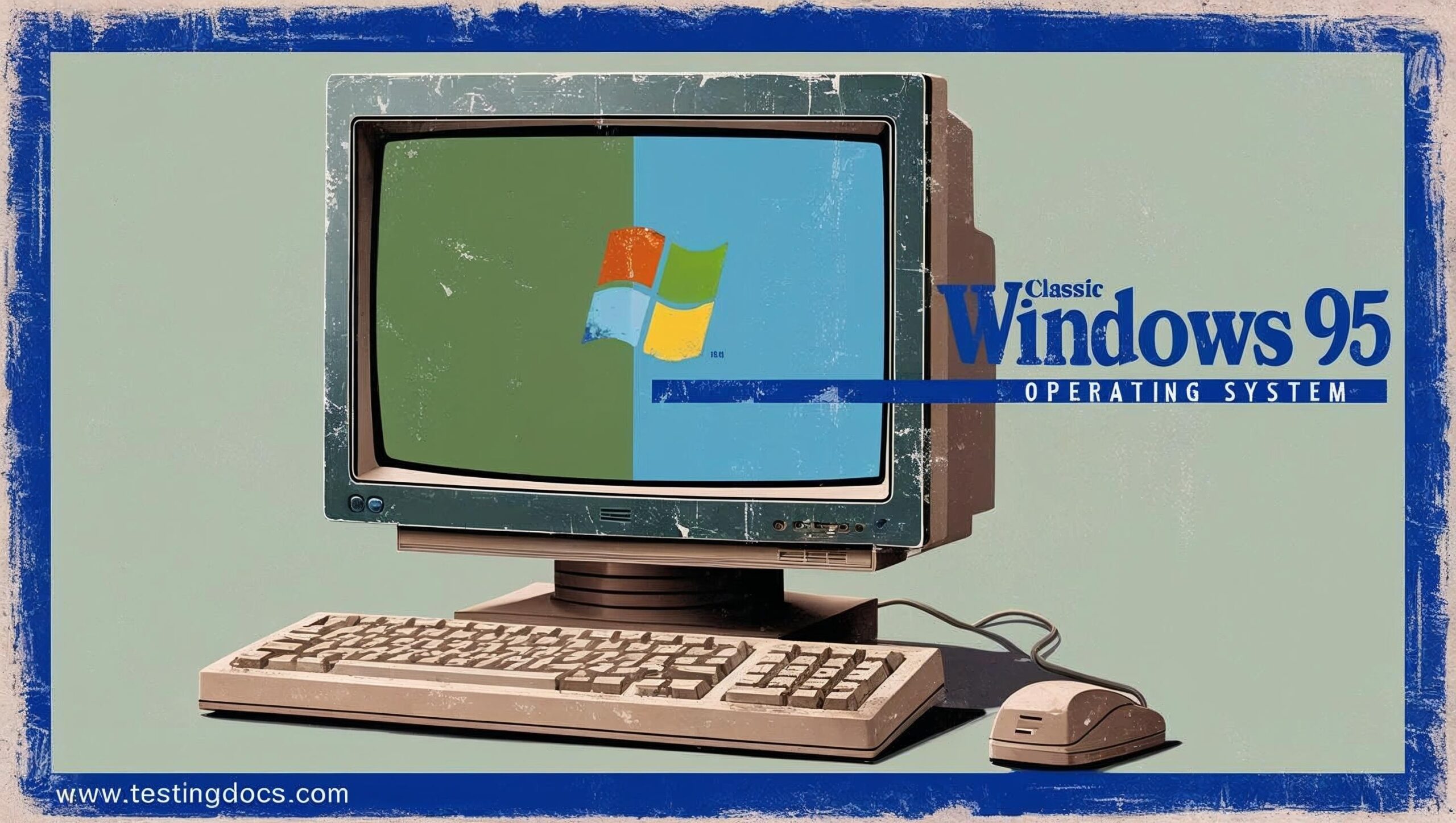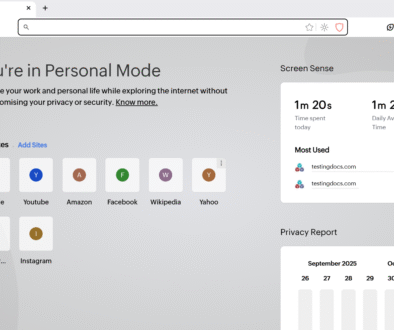Microsoft Windows 95 Operating System
Microsoft Windows 95 Operating System
In the early 1990s, using computers was often a complex experience, especially for beginners. Microsoft changed this with the release of Windows 95 — an operating system that made computing easier and more user-friendly for millions of people. It combined the best features of MS-DOS and Windows 3.1, delivering a much more intuitive graphical interface and built-in support for many new technologies of the time. It marked a turning point in the evolution of personal computers.
Windows 95 OS
- Developed by Microsoft as a major upgrade to Windows 3.1.
- First OS to introduce the Start menu, Taskbar, and a full 32-bit multitasking environment.
- Provided Plug and Play hardware support for easier device installation.
- Ran on top of MS-DOS but with a much improved graphical user interface.
- Allowed for better memory management and system performance compared to its predecessors.

Release Date
Windows 95 was officially released to the public on August 24, 1995.
New Features and Enhancements
- Start Menu: A central location for accessing programs and system tools.
- Taskbar: Allowed users to switch between multiple running programs easily.
- 32-bit Architecture: Provided better performance and application support.
- Long File Name Support: Allowed filenames up to 255 characters.
- Built-in Internet Support: Included dial-up networking and TCP/IP stack.
- Windows Explorer: Replaced File Manager for easier file navigation.
Pros of Windows 95
- User-friendly interface with Start Menu and Taskbar.
- Better multitasking and memory management than earlier versions.
- Support for 32-bit applications and backward compatibility with 16-bit apps.
- Improved Plug and Play support for easier hardware setup.
- Wider adoption of graphical applications and gaming capabilities.
Cons of Windows 95
- Still relied on MS-DOS for booting and some core functions.
- Limited support for security and networking features.
- Frequent system crashes and “blue screen” errors for some users.
- Drivers and hardware compatibility were sometimes problematic.
Next Version After Windows 95
The next major version released after Windows 95 was Windows 98. It was launched on June 25, 1998 and built upon the foundation of Windows 95 by improving hardware support, system stability, and adding full Internet integration through Internet Explorer and better USB support.


